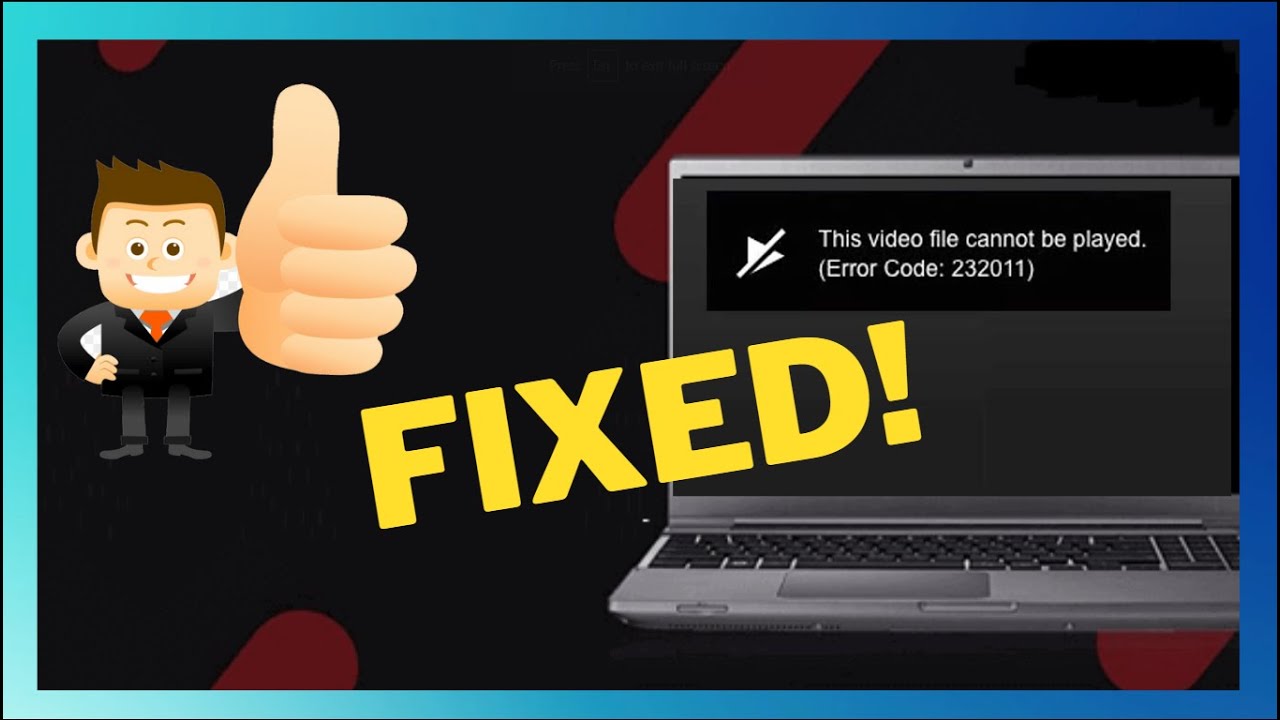Laser Acronym | Definition, Acronym, Principle, Applications
Laser Acronym: The principle of laser surgery is based on the use of a focused beam of coherent light that causes rapid and localized destruction to tissue.
Definition of Laser therapy | , Acronym, Principle, Applications
Laser therapy is a form of treatment in which a high-intensity laser beam is directed at a diseased area. The heat produced by the laser beam destroys the diseased tissue, thereby eliminating the source of infection or inflammation.
This is the definition of Laser Acronym:. It has many applications and it’s a technology that will always be relevant. A laser is a device that produces coherent monochromatic light. The term ‘coherent’ means that all the waves in the light beam are in phase, or they have a fixed phase relationship with one another. The wavelength of the light is usually shorter than the width of the beam, which allows for a high degree of focus, and therefore for an extremely small beam spot.
In the field of medicine, Laser Acronym: is a device that emits a beam of light to cut and cauterize body tissue. The first laser used in surgery was invented by American engineer Theodore Maiman, who built a ruby laser in 1961. Laser therapy is a form of light-based therapy that uses laser beams to treat various ailments, including acne, eczema, psoriasis, warts, and wrinkles. Laser Therapy What is laser therapy?
Headline: What is a Laser Acronym:?
A laser is a powerful, coherent light source that can be focused into a narrow beam of light. The beam is produced by stimulated emission of photons from an electric current in a crystal laser medium. How does it work? The Laser Acronym: medium consists of atoms or molecules that are excited to higher energy states with the help of an electrical current. The electrons in the laser medium become unstable and jump to lower energy states. This results in a net loss of energy, which is converted into light, the so-called laser light.
Post-headline: The most important thing to know about a Laser Acronym:.
Outline
- What is a Laser Acronym:?
- What are the Applications of a Laser?
- Laser Physics
- The History of the Laser
- Laser Technology
- The Future of the Laser
-
What is a Laser?
Laser, short for “light amplification by stimulated emission of radiation”, is a powerful and coherent light source. It is a device that amplifies the power of light by emitting a beam that can be focused and tightly directed. In physics, it is a source of coherent light. The term is also used to refer to a laser system itself. In a laser, energy in the form of photons is stored in an active medium, such as a crystal or a gas.
A laser is a device that emits a beam of coherent light. It is an acronym for “Light Amplification by Stimulated Emission of Radiation”. A laser is the most powerful, coherent and monochromatic light source known to man. Lasers are used in many areas of technology, from communications and surgery to medicine and manufacturing. There are many types of Laser Acronym:, and many different uses for them. Some lasers are visible to the naked eye, others are invisible, and some are very powerful.
-
What are the Applications of a Laser?
In this section, we’ll discuss what lasers are and how they work. What Are Lasers? A laser is a device that emits light using energy from an electric current. It’s a type of “electromagnetic” radiation—similar to radio waves but with much higher frequencies. Light has an electromagnetic spectrum that ranges in wavelength from the longest gamma ray (about 0.01 nanometers) to the shortest visible light (about 750,000 nanometers). There are two types of light: visible light and invisible infrared light.
-
Laser Acronym: Physics
The problem of the quantum nature of a photon A. P. Balachandran Institute of Advanced Study, University of Madras, Guindy Campus, Chennai 600 025, INDIA Abstract. The non-classical nature of the photon has been one of the major stumbling blocks in the theory of quantum mechanics. We review the most recent developments in the theory of the quantization of the electromagnetic field.
-
The History of the Laser
A short history of the laser, a technology which has revolutionized so many areas of science and industry. In the 1970s, lasers were used in military applications. The first laser was built by Theodore Maiman in 1960 and the first laser beam was directed into space on November 13th, 1961 by NASA. Maiman’s laser used ruby crystals as its lasing material. Ruby lasers are still in use today, but the most common lasing material is now ytterbium-doped glass.
Dr. James E. Burns The first laser was invented in 1960 by Theodore H. Maiman at Hughes Research Laboratories (HRL), and the first laser to operate successfully was built by Charles H. Townes and Arthur L. Schawlow at Columbia University in 1964. The laser is an acronym for Light Amplification by Stimulated Emission of Radiation.
-
Laser Technology
1. Market to Grow at a CAGR of 50% by 2022 The global laser technology market is estimated to be valued at USD 60 billion in 2016 and is expected to reach USD 04 billion by 2022, at a CAGR of 50% between 2017. The market growth is driven by the increase in demand for high-quality products for various applications and the growing demand for end-use industries. Laser Acronym: technologies are used in the manufacturing sector for cutting, welding, surface treatment, and marking.
Conclusion
In conclusion, a laser is a device that produces light in a narrow beam. The light is coherent, monochromatic, and of a single frequency. The use of lasers has many applications, such as in medicine, communications, and manufacturing.









Leave a Reply